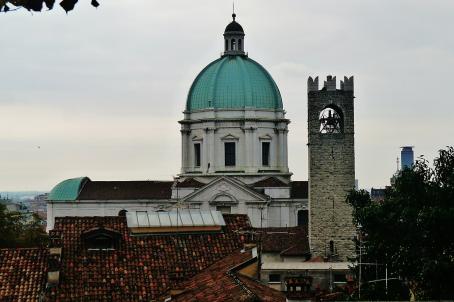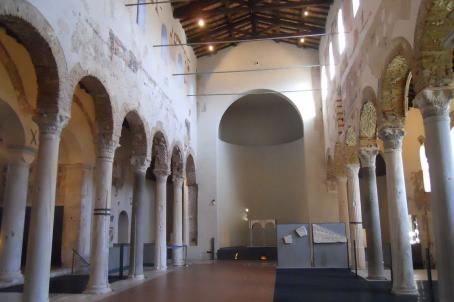Church of Saints Faustinus and Jovita
The Church of Saints Faustinus and Jovita was probably founded as a monastery church in the 9th century. The present Baroque church was built between 1621 and 1711 when its façade was completed. However, the church was partially rebuilt from the second half of the 18th century after being damaged by a large fire in 1743. The church houses the remains of the two patron saints of Brescia, Saints Faustina and Jovita, as well as those of St. Honorius and St. Antigio, making the church a high place of devotion for the city.






